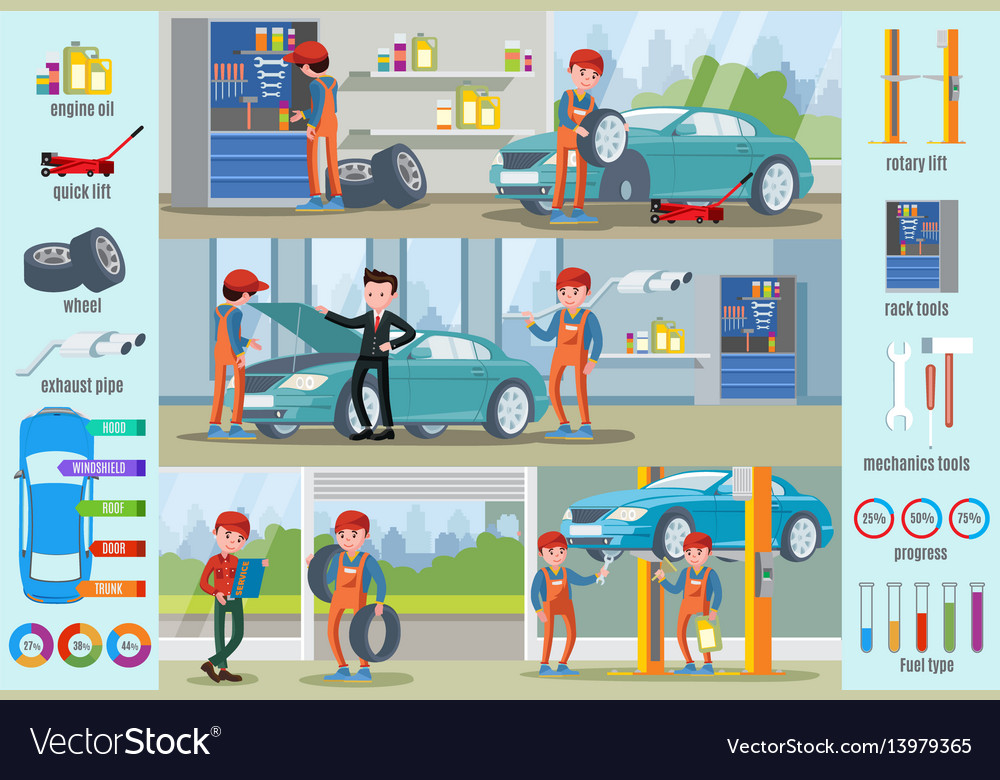Comprehending The Meaning Behind Your Automobile'S Caution Lighting: An Extensive Appearance
Comprehending The Meaning Behind Your Automobile'S Caution Lighting: An Extensive Appearance
Blog Article
Web Content Composed By-Lim Stark
When you're behind the wheel, those beautiful caution lights on your dashboard can be a bit complicated. Do you understand what they're attempting to inform you concerning your auto's health? Understanding the importance of these lights is crucial for your safety and security and the durability of your automobile. So, find more following time one of those lights pops up, wouldn't you wish to understand its message precisely and take the required steps to address it?
Common Warning Lights and Interpretations
Determine usual caution lights in your automobile and recognize their meanings to guarantee safe driving.
The most typical caution lights consist of the check engine light, which signals problems with the engine or discharges system. If this light begins, it's essential to have your lorry inspected quickly.
The oil pressure warning light shows low oil stress, calling for prompt attention to avoid engine damages.
A flashing battery light could recommend a damaged billing system, potentially leaving you stranded if not dealt with.
The tire pressure monitoring system (TPMS) light notifies you to reduced tire stress, influencing car security and fuel performance. Neglecting this can bring about risky driving problems.
The abdominal muscle light shows a trouble with the anti-lock braking system, jeopardizing your ability to stop swiftly in emergencies.
Lastly, the coolant temperature level warning light warns of engine overheating, which can cause extreme damage if not solved quickly.
Recognizing these usual caution lights will certainly help you attend to issues without delay and preserve risk-free driving conditions.
Value of Prompt Attention
Comprehending the common warning lights in your vehicle is just the initial step; the relevance of immediately dealing with these cautions can not be emphasized enough to guarantee your security on the road.
When a caution light illuminates on your dashboard, it's your car's method of interacting a potential problem that needs attention. Disregarding these warnings can bring about much more severe problems later on, compromising your security and potentially costing you extra in repairs.
Trigger interest to cautioning lights can prevent malfunctions and crashes. For example, a blinking check engine light might indicate a misfire that, if left neglected, could cause damage to the catalytic converter. Resolving this without delay can conserve you from an expensive repair service.
In a similar way, a brake system warning light could indicate reduced brake liquid or worn brake pads, critical components for your safety when driving.
Do It Yourself Troubleshooting Tips
If you see a caution light on your control panel, there are a couple of do it yourself repairing pointers you can try before looking for specialist assistance.
The first step is to consult your automobile's manual to recognize what the specific warning light indicates. In some cases the issue can be as basic as a loose gas cap activating the check engine light. Tightening the gas cap may solve the issue.
One more usual concern is a reduced battery, which can activate different cautioning lights. Checking the battery connections for corrosion and guaranteeing they're secure might take care of the trouble.
If a warning light lingers, you can try resetting it by detaching the car's battery for a couple of mins and afterwards reconnecting it. Additionally, checking caravan detailing , such as oil, coolant, and brake liquid, can aid fix cautioning lights associated with these systems.
Verdict
To conclude, understanding your car's caution lights is essential for maintaining your vehicle running efficiently and securely. By promptly resolving mouse click the next article and understanding what they indicate, you can stay clear of costly fixings and prospective malfunctions.
Bear in mind to consult your automobile's manual for particular details on each alerting light and take action accordingly to make certain a trouble-free driving experience.
Remain informed, remain risk-free when traveling!
